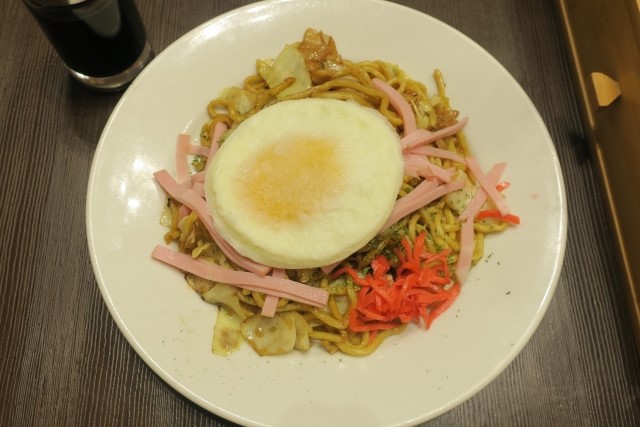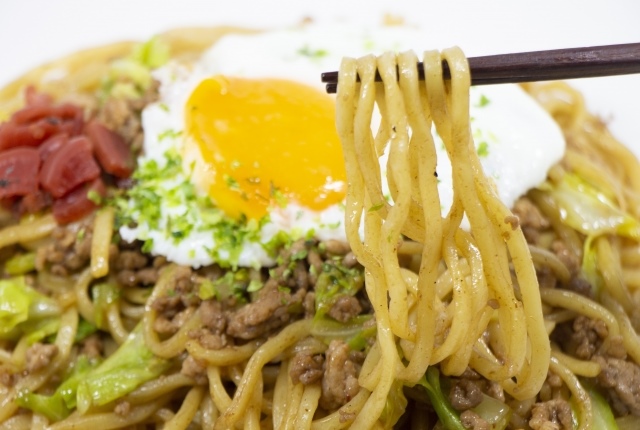Contents
Basic Information
Yakisoba is a dish made by frying boiled noodles on a griddle, seasoned with a special sauce, vegetables, and meat (mainly pork). The sauce is a crucial element that defines the flavor of yakisoba, and its characteristics vary by region. In Eastern Japan, Yokote yakisoba from Akita Prefecture is particularly famous.
Kuroishi Tsuyu Yakisoba
Kuroishi Tsuyu Yakisoba is a type of Yakisoba eaten in Kuroishi City, Aomori Prefecture, in the Tohoku region. It is characterized by its thick, flat noodles, sweet and spicy sauce, and a generous pour of soba broth. The ingredients include tempura crumbs, called tenkasu, and green onions.
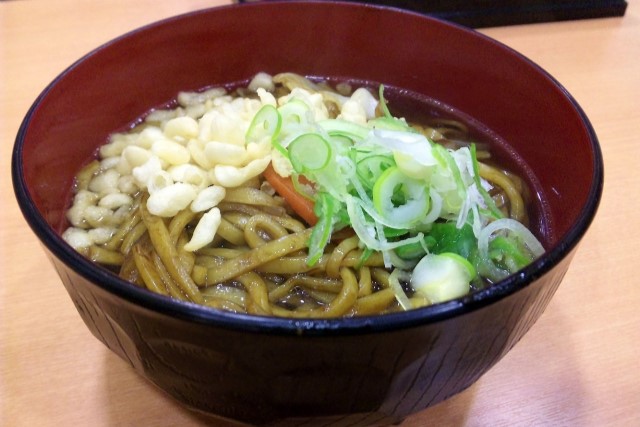
Yokote Yakisoba
Yokote Yakisoba, which is eaten around Yokote City in Akita Prefecture, is one of Japan’s three major Yakisobas (alongside Fujinomiya Yakisoba and Joshu Ota Yakisoba). It’s unique for the fried egg topping, which is typically broken up when eating. It has a sweet taste, thanks to Worcestershire sauce. The dish often includes cabbage, ground pork, and organ meat, known as horumon.
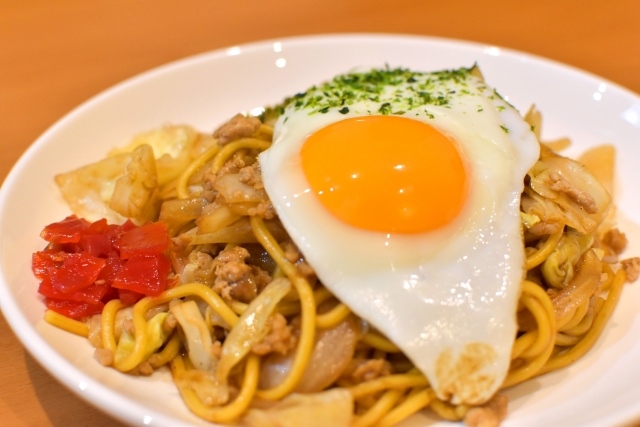
Ishinomaki Yakisoba
Ishinomaki Yakisoba hails from Ishinomaki City, Miyagi Prefecture. This Yakisoba features noodles that have been steamed twice, making them a brownish raw noodle. This was developed by a local noodle manufacturer around 1950 to create a noodle that wouldn’t stick together when fried. An egg is also used as a topping.
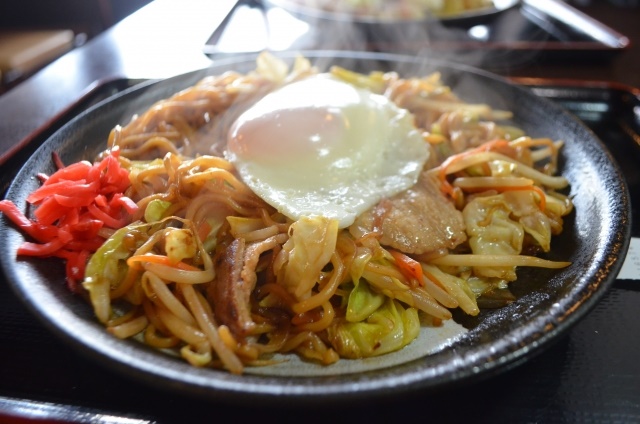
Mabo Yakisoba
Mabo Yakisoba can be enjoyed in Sendai City, Miyagi Prefecture. It includes Mapo Tofu as an ingredient, although sometimes tofu may not be included. It originated in the 1970s from a local Chinese restaurant as a meal for its staff.
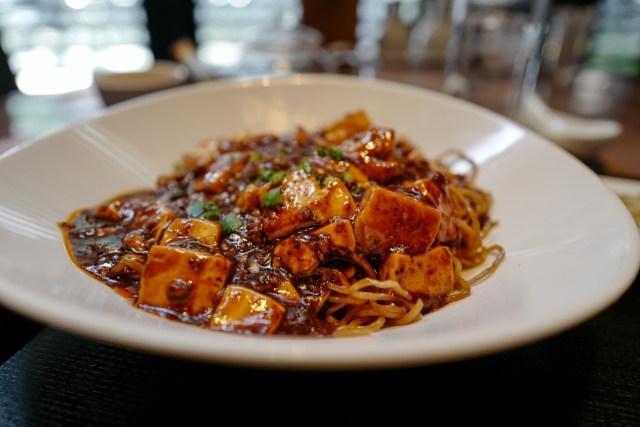
Namie Yakisoba
Namie Yakisoba, from Namie Town, Fukushima Prefecture, uses thick noodles stir-fried with pork and bean sprouts in lard, then seasoned with a rich sauce. Unusually for Yakisoba, it is sometimes topped with Ichimi Togarashi (Japanese chili pepper).
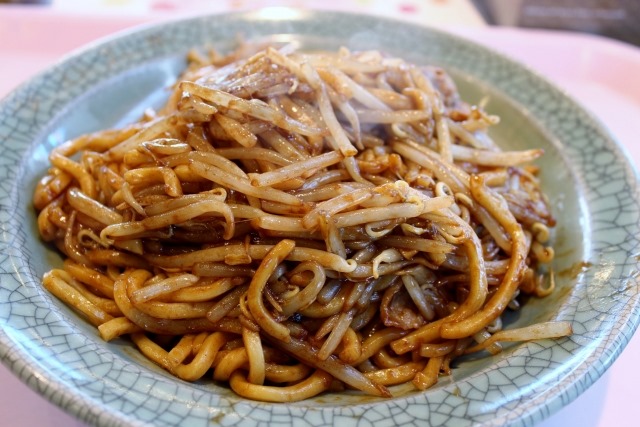
Utsunomiya Yakisoba
Utsunomiya Yakisoba comes from Utsunomiya City, Tochigi Prefecture. It uses thick noodles seasoned with sauce and topped with a fried egg. There is a local custom of taking it home to eat, so most shops offer takeaway services.
